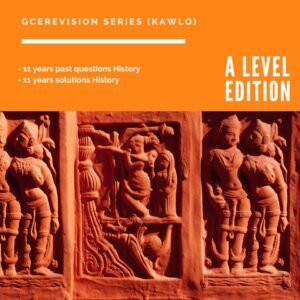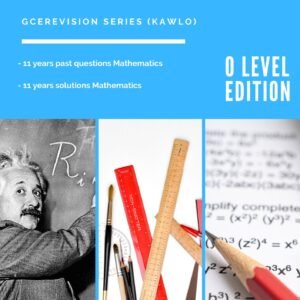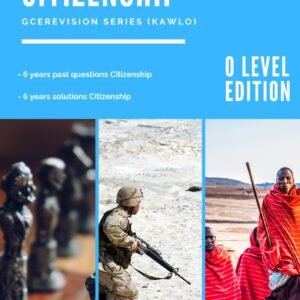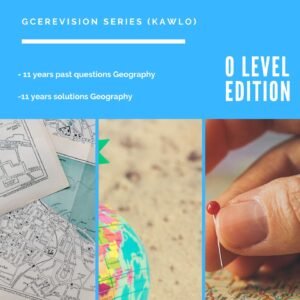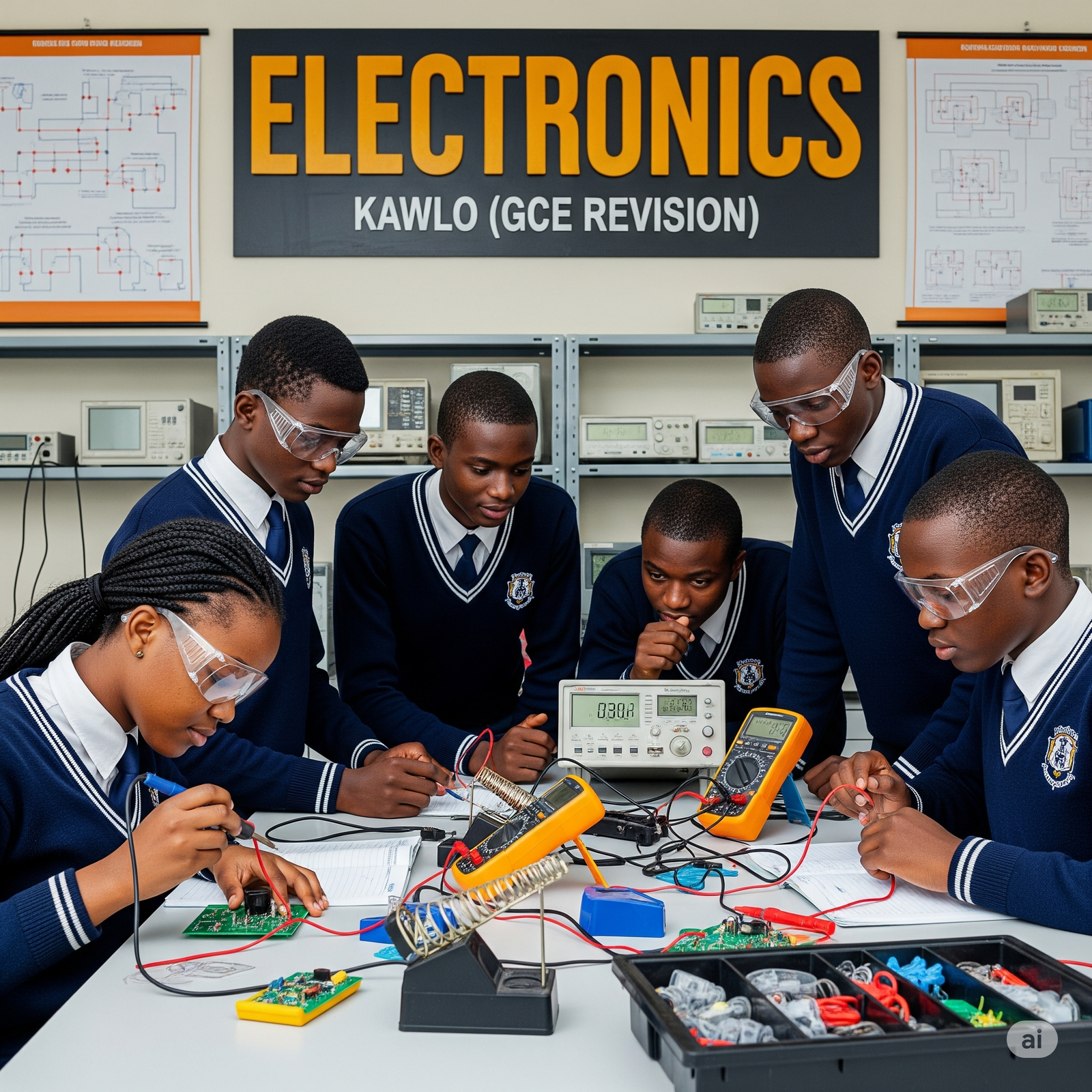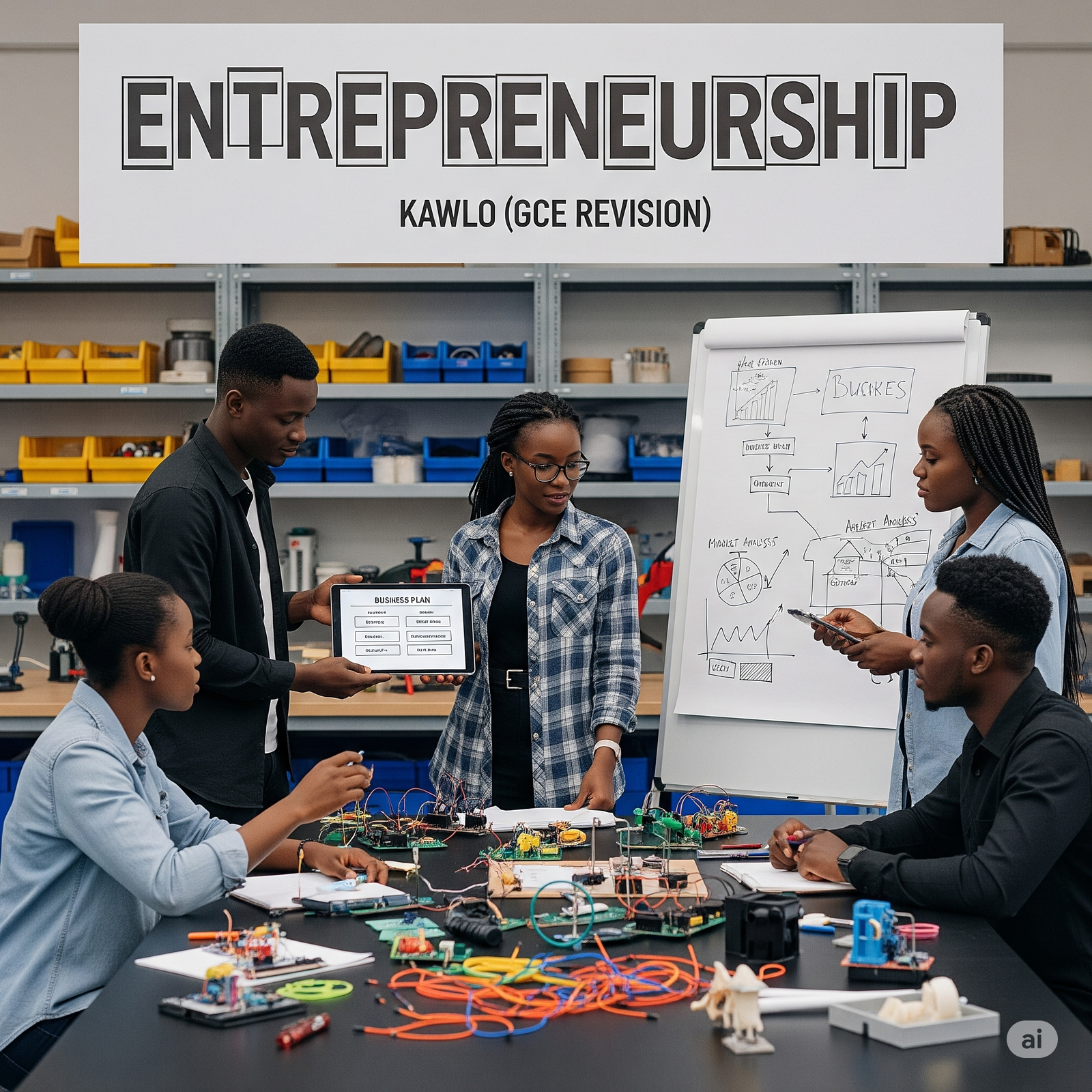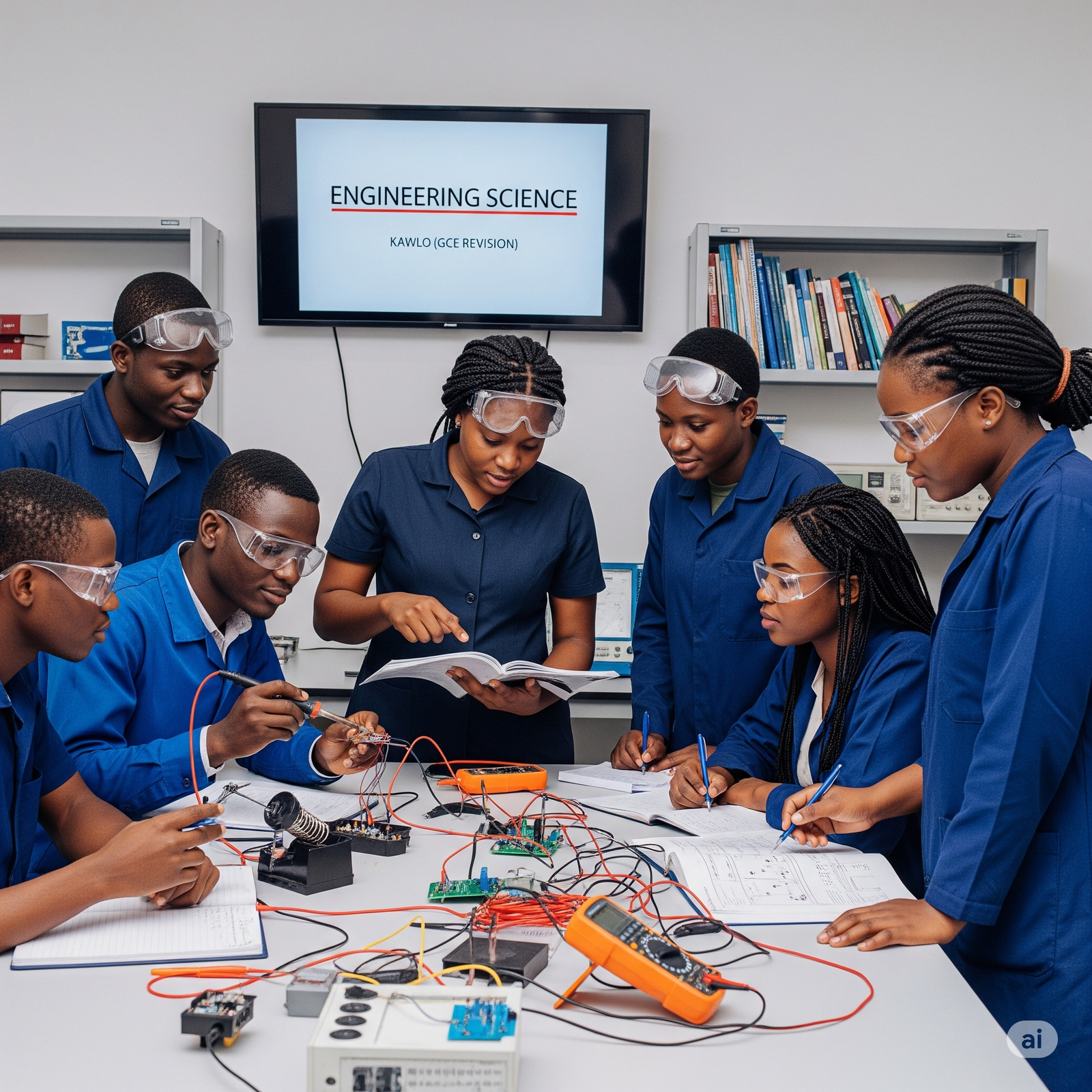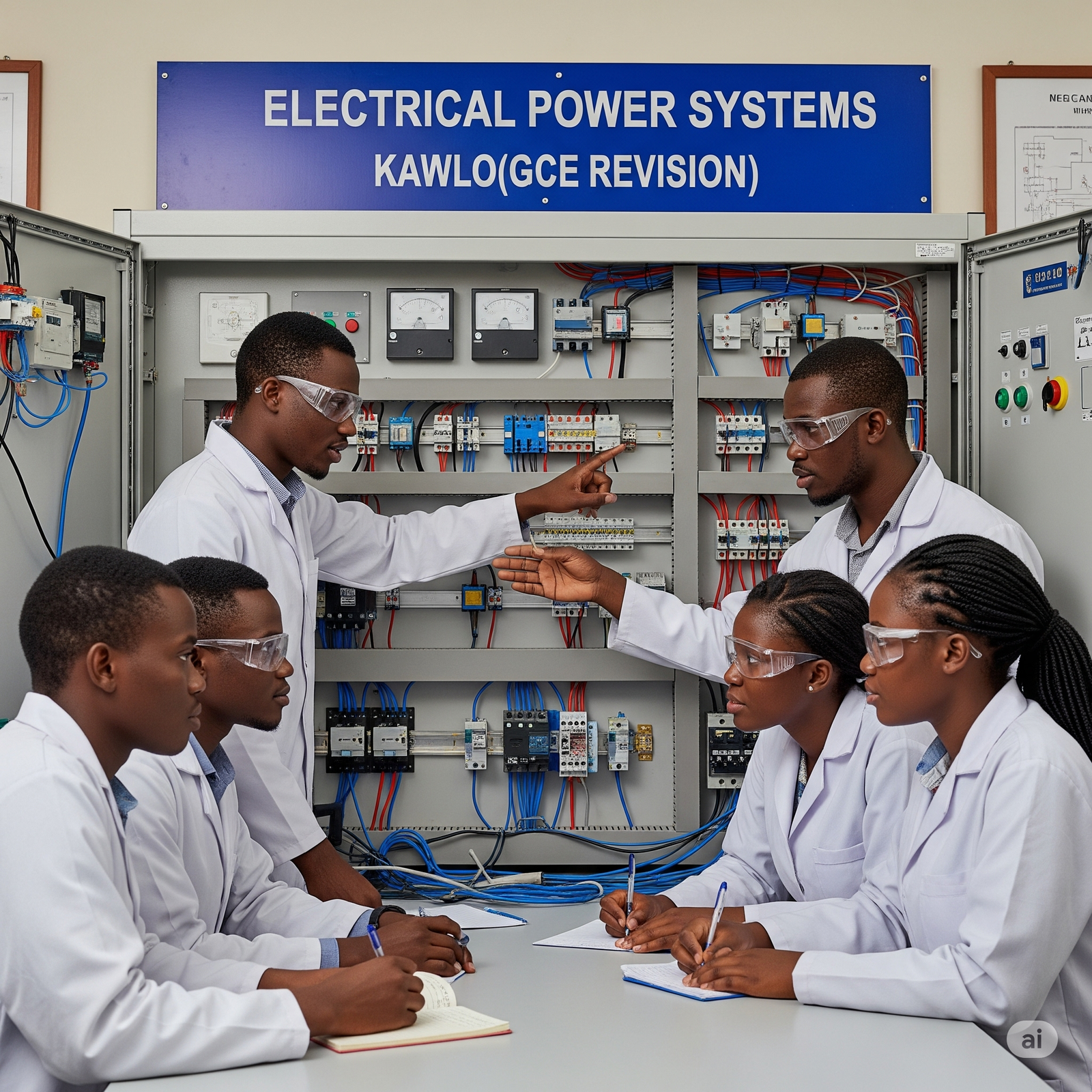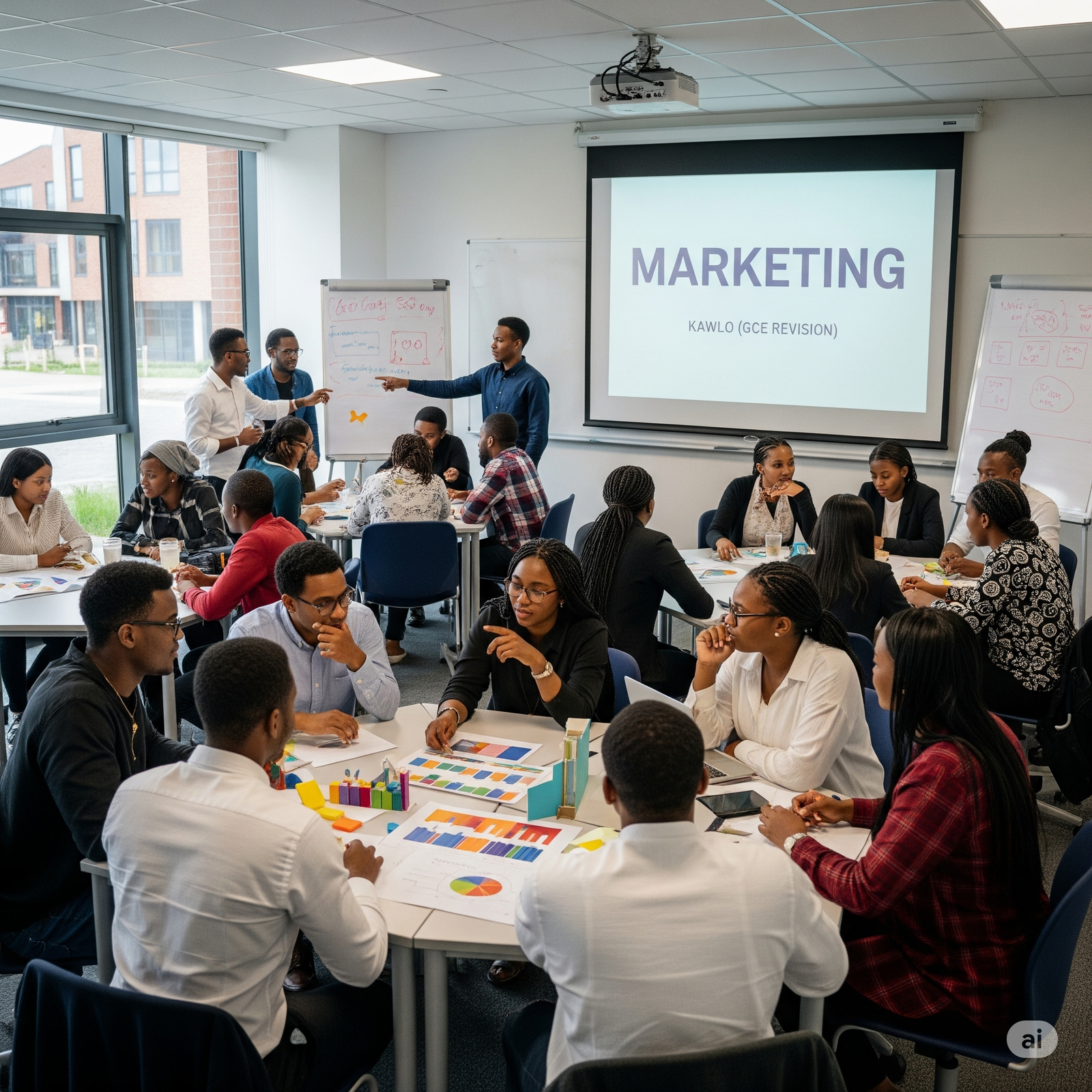cameroon gce advanced level 2025 entrepreneurship 3
cameroon gce advanced level 2025 entrepreneurship 3
SECTION A: Answer all questions in this section
Read carefully through the passage and answer the questions that follow.
YUYAR’s Social Entrepreneurial Journey
Mrs. YUYAR, a lifelong resident of Kai village, was forced to flee her home due to a violent socio-political conflict that destabilised her community. Like thousands of others, she relocated to Buea, a bustling town in Cameroon’s Southwest Region, as an internally displaced person. Though traumatised by the loss of her home and livelihood, YUYAR’s resilience and creativity remained intact. A skilled craftswoman with a passion for sustainability, she noticed a pressing environmental issue in her new community: abandoned car tyres littered roadsides, clogged drainage systems, and posed health risks as breeding grounds for mosquitoes. Determined to turn this challenge into an opportunity, YUYAR envisioned a social enterprise that would address both environmental degradation and unemployment among displaced artisans.
Drawing on her craftsmanship, YUYAR began experimenting transforming discarded tyres into functional, aesthetically pleasing furniture. She designed stools, tables, and planters, blending traditional weaving techniques with modern eco-friendly finishes. Her prototypes caught the attention of local NGOs and environmental activists, who praised her innovation. Recognising the dual impact of her work—reducing waste while creating jobs—YUYAR formalised her venture; TyreCycle Innovations. She recruited a team of displaced women, training them in tyre upcycling and furniture design. Her business model prioritised three goals: environmental sustainability (diverting tyres from landfills), social empowerment (providing income to marginalised women), and market-driven growth (tapping into demand for sustainable home goods).
To validate her idea, YUYAR conducted feasibility studies. She surveyed urban households in Buea and Douala, discovering that 68% of respondents valued eco-friendly products but lacked access to affordable options. She also partnered with a local mechanic workshop to assess the supply chain for discarded tyres, learning that over 500 tyres were discarded monthly in Buea alone. However, scaling production required funding. While her business plan emphasised circular economy principles, investors struggled to grasp her vision when she presented a disorganised Business Model Canvas (BMC). Her initial pitches failed to clearly link her social mission to revenue streams, leaving potential backers skeptical.
Determined to refine her approach, YUYAR sought mentorship from GreenHub Buea; a nonprofit supporting eco-entrepreneurs. Through workshops, she mastered the BMC framework. Despite progress, challenges persisted. Sourcing tyres sustainably required navigating bureaucratic waste management systems, while some customers doubted the durability of tyre furniture. Undeterred, YUYAR launched a community tyre-collection drive, offering discounts to households that donated tyres. Today, TyreCycle Innovations employs 15 displaced women, recycles over 200 tyres monthly, and supplies furniture to 10 retail outlets across Cameroon. YUYAR’s journey underscores the power of social entrepreneurship to turn crisis into opportunities.
QUESTIONS
1.
a) Account for what motivated YUYAR to become a social entrepreneur? Mention any four (4) points. (4 marks)
b) Apart from the social problems in this passage, mention eight examples of common social problems that can trigger someone to become a social entrepreneur. (4 marks)

